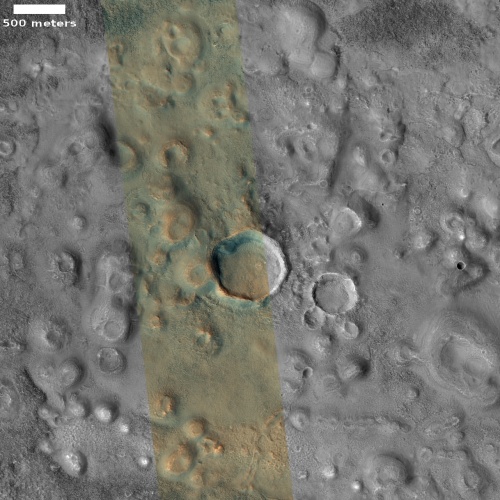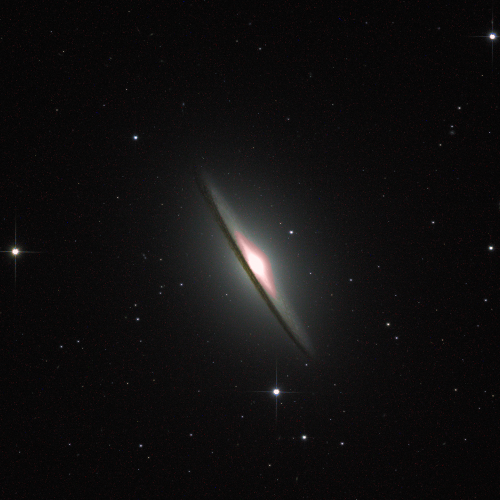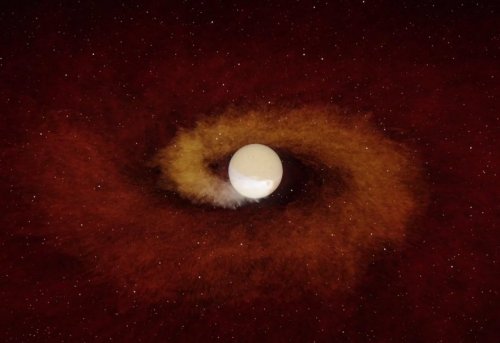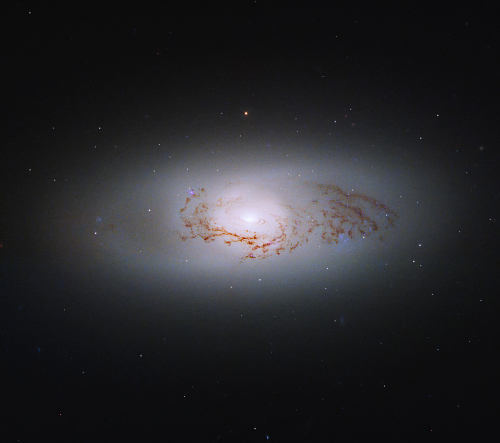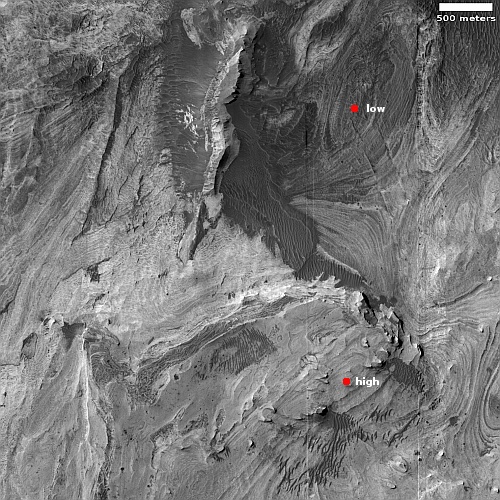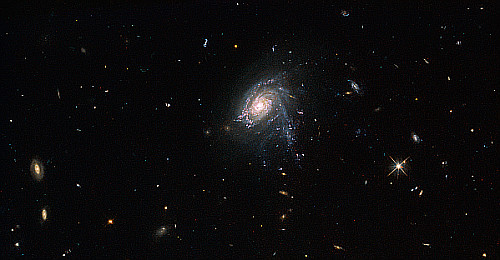
Click for full image.
Cool image time! The picture to the right has been significantly reduced but also significantly sharpened to post here. It was taken by the Hubble Space Telescope as part of a recent survey of “jellyfish” galaxies, galaxies located in galaxy clusters where there is a large concentration of galaxies whose combined gravity and intergalactic environment acts to pull material or “tendrils” out from the galaxy.
Rather than crop the image to focus on that single large central jellyfish galaxy, I have instead sharpened the much-reduced full photo to bring out clearly the number of surrounding galaxies. There is only one Milky Way star in this picture, the object with the four diffraction spikes in the lower-right. Every other dot is a galaxy, many of which can be seen to be very strangely shaped in the original full resolution image. In fact, I strongly recommend you click on the picture to explore that original image, just to see the variety of galaxy shapes.
The point of this picture today however is not to illustrate the wide variety of galaxies that can exist, but to underline the vast and largely incomprehensible scale of the universe. The large galaxy is thought to be 650 million light years away, which means it took light traveling at 186,000 miles per second that many years to get here. The surrounding galaxies are also all tens to hundreds of millions of light years from each other. Yet, their combined gravity, almost infinitesimal in strength, is enough to warp the shape of each.
We understand these numbers and facts intellectually, but do we understand them in reality? I think it is difficult, even if you work hard to come up with a scaled comparison. For example, it took nine years for the New Horizons spacecraft to get from Earth to Pluto, a distance of about 4.5 light hours. And New Horizons was the fastest traveling probe ever launched, moving at 36,400 miles per hour when it left Earth. Yet, this distance is nothing compared to the distance between these galaxies.
The vastness of existence really is beyond our comprehension. That we try to comprehend it speaks well of the human desire to achieve the impossible.

